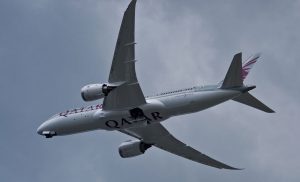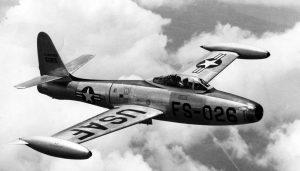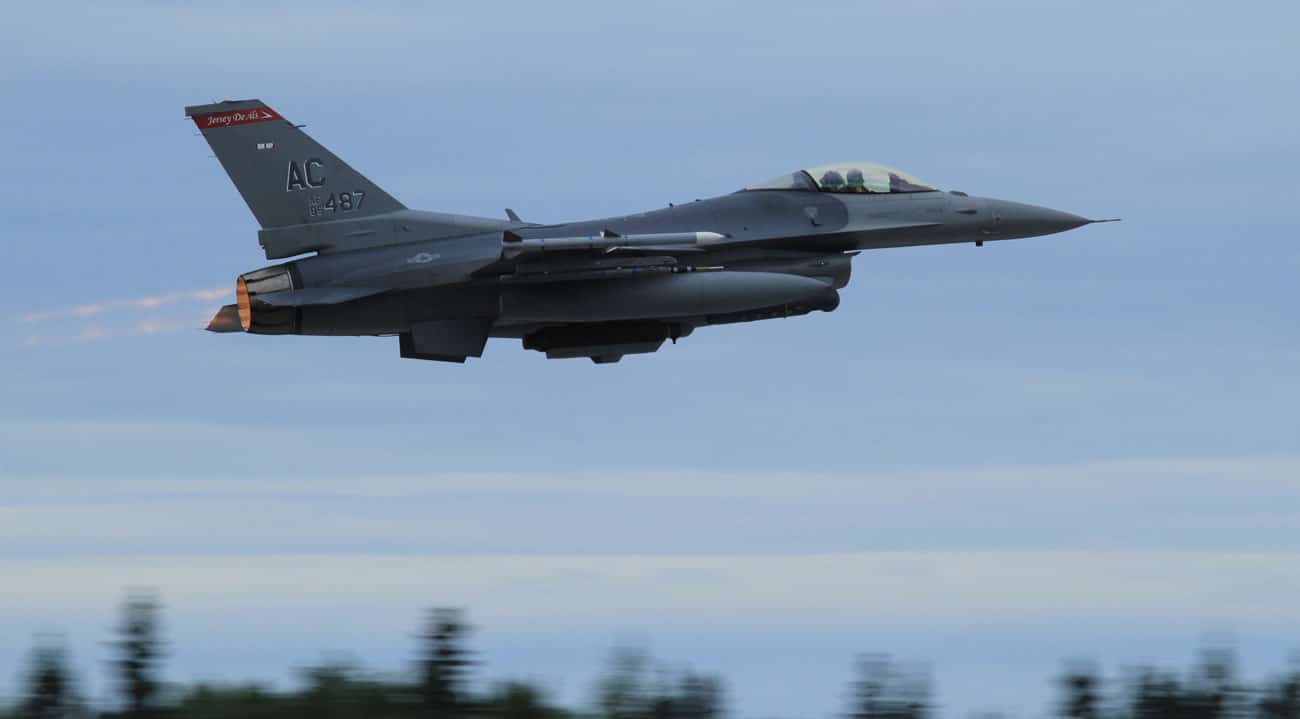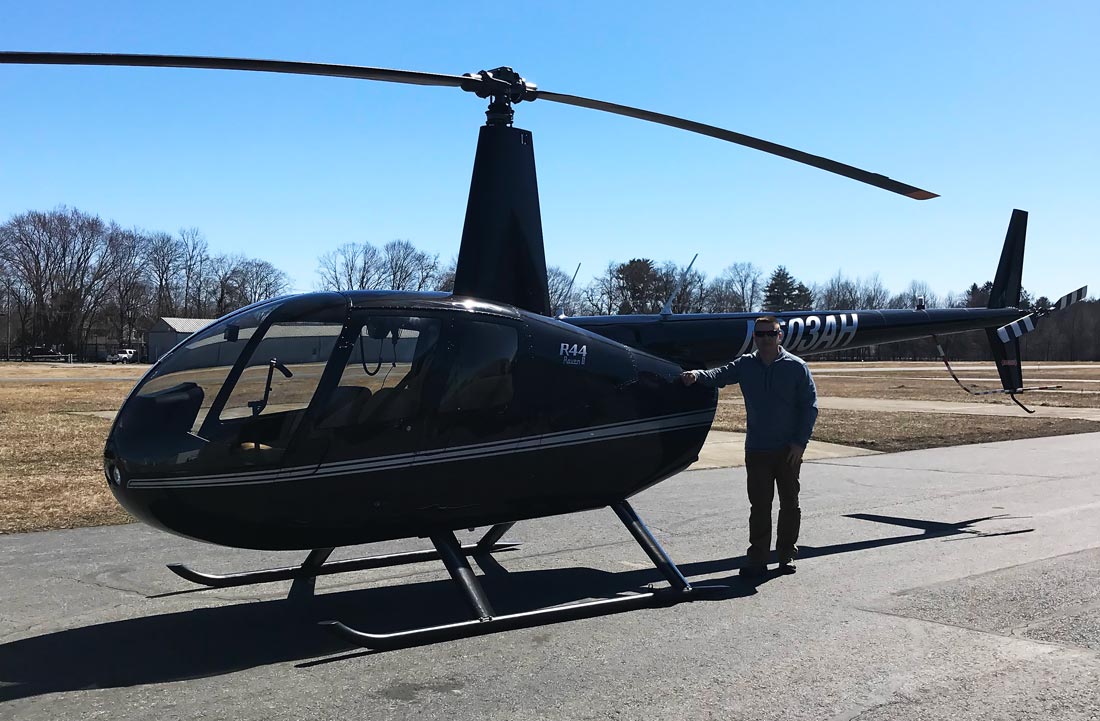Update 1.2.2017: Author and Pilot R.K. Dick Williams Weighs In on Aviation Rituals
R.K. Dick Williams, Super Cub owner and author of Notes From the Cockpit: A Mountain Pilot’s Perspective, a series of short stories describing the many wonderful and unusual experiences he’s experienced during his flights in Idaho’s back country recently got in touch with me regarding aviation superstitions and rituals.
According to Williams, “I know a lot of us tend to believe that things seem to happen in threes, and that airplanes can often seem to have personalities.” He then told me that Harrison Ford, famous actor and instrument rated (and rotorcraft) pilot, after his crash of the Ryan Aeronautical ST3KR refused to ever fly the military trainer plane again, because it has “let him down.”
Additionally, Williams said that each plane, even the same make and model, flies differently and has a unique personality.
Original Post 12.19.2016: Aviation Rituals and Superstitions: To fly is to tempt fate. Why push it further?
Rituals, superstitions, and unwritten rules govern the lives of pilots just as much as the formidable encyclopedia of official laws they’re required to follow. After a short conversation with a military and commercial pilot named Frederick, I knew I had to dig deeper. I already knew pilots are a strange and wonderful breed, and when anyone places themselves in high-risk situations for a living, it can sway even the most pragmatic professionals toward superstition. Not to mention the cultural transmission Frederick believes is the main perpetrator of superstitious rituals. “When another pilot breaks one of these unwritten rules, that behavior can be met with disdain from fellow pilots. This is how the cultural transmission occurs. That said, this transmission seems to be more ‘within-plane,’ as rituals from one plane may not be welcomed onto another.”
Flight instructors and professional pilots, whether or not they personally believe in any ritual or superstition, don’t hesitate to encourage their students to embrace the urge when it comes. Just like a placebo, the belief that wearing lucky socks or kicking the front tire just right can bring the positive, calming effects to the pilot, regardless of any logical connections.
“The trusted ritual, magic thinking or lucky charms can put us at ease. We become less anxious as a result. It’s hard to deny that this produces better piloting performance in many situations. Suppose you’ve done all that you can possibly do to ensure the safety of your flight, but still feel anxious that your engine may fail during flight. Your anxiety isn’t always an asset in these circumstances, especially if it produces a form of tunnel vision that restricts your situational awareness.” Rod Machado, “Rabbits Feet and Lucky Charms”

Though ritual and superstition exist in every realm of aviation, it appears to be most prominent in the military and many commercial pilots. From what many pilots consider to be common sense (doing a walk around a few times before every flight) to just wacky (attaching stuffed animals to the wing struts to catch bullets), I’ve gone through and created a list of the funniest and most unique aviation rituals and superstitions:
1.) According to Frederick, some planes attract more mysticism than others, oftentimes initially for practical reasons. He says, “The C-5 [Lockheed C-5 Galaxy] is notorious for ‘breaking’ and many of these rituals were put in place to somehow ensure trips would not be delayed and/or homecomings would occur. Examples of C-5 rituals: No pilot should dress in the flight suit prior to alert as that might prevent alert, and no pilot shall eat their box lunch prior to takeoff, also to prevent this NOT happening.”
2.) “Even on the 737,” Frederick continues, “when pilots hit persistent turbulence that requires turning on the seatbelt light, they will often ‘rub’ the seatbelt button prior to pushing it to ‘let the plane know’ they are about to do this in hopes the turbulence will abate.”
3.) On a similar note, many pilots report tapping and rocking the wings of their plane during the pre-flight to avoid the signature diamond-shaped forehead scar from walking into a Cessna wing.
4.) Pilots of all walks of life have their favorite planes which may be given special treatment or nicknames, like love-taps and hugs. These same pilots tend to feel guilty when they spend too much time inside another plane.
5.) Many pilots will talk to their planes before and during takeoff, almost like a prayer. The most common phrases I’ve discovered are simple but meaningful: “Take care of me,” and “Bring me back to safety.”
6.) On a darker note, some military and commercial pilots will clean and tidy their rooms and living quarters and leave a journal entry open to be found in case they don’t return from their flight. Many pilots secretly believe that preparing for the worst will keep it from happening, but to admit it is to tempt fate.

7.) A US Air Force F-84 pilot would always duck under the intake and exhaust during his pre-flight walk around, claiming that, “If you let the engine see you, it will kill you!”
8.) It is commonly considered to be bad luck to discuss plane crashes while in the cockpit, even if the plane is on the ground.
9.) Pilots aren’t supposed to point at the sky, because it may trigger angry weather. And if a pilot wants to compliment good weather conditions, they should address only the sun, but not the weather itself.
10.) A fun ritual anyone who’s flown a Cessna has likely taken part in is the “Cessna Butt.” Cessna seats have been known to unlock from their position, which could send the pilot and copilot suddenly jerking forward, so pilots will vigorously wiggle their butt around and back and forth to make sure the seat is locked in position. Many pilots who learned in a Cessna will unconsciously hold on to the ritual no matter what type of plane they now fly.
11.) Airline pilots will often keep photographs of their loved ones inside their hats to watch over them when the hats are hanging up.
12.) Many fighter pilots would refuse to fly without their lucky token, such as the shop rag they used in training or a ragged teddy bear from an old sweetheart.
14.) And because no Flight 13s or Row 13s exist in most airline jets, the 14th superstition is the avoidance of the number 13 at any cost. (666 in call signs is a bad sign as well!)
15.) WWI and II pilots would never wash their scarves, often using them until they fell apart and turned completely black from sweat and oil. This is fairly common in many areas of aviation, and even in professional sports! If you accidentally wash someone’s lucky trousers or socks, you strip them of their luck and doom them to crash. (Pilots have also been reported as having lucky shirts, coins, rabbit’s feet, etc.)
16.) Bill Miller, a Cessna 182 pilot, told me some superstitions and rituals he calls, “myth-inspiration.” The first of which, Bill says, you cannot change or mix engine oil brands!
17.) Bill also says some pilots believe, “After climb, if you level off allowing your aircraft to accelerate above cruise airspeed, then set cruise power, you will be on ‘the step’, and thereby get a slightly higher cruise airspeed!”
18.) According to Rod Machado, “During WWII, pilots would put their chewed gum on the wing to tilt the scales of luck in their favor.”
19.) Additionally, “One fellow I knew had to pat the left side of the airplane’s cowling a few times before he’d saddle up for flight,” Rod said.
20.) Author R.K. Dick Williams claims that many pilots believe all things happen in threes.
“Pilots seem especially superstitious but that makes sense since one of our biggest natural, instinctual fears is falling. Superstition is just another way we humans have of trying to give us some control (or semblance of it) over our environment,” Rod Machado neatly summed up in his response. Though he professes to not have any rituals of his own, he jokingly claimed if he was going to have a lucky charm, it would be a big one, “like a parachute!”
Do you have any aviation rituals or superstitions when it comes to flight? Do you place stock in “luck,” or think it’s all just silly? Comment below and let us know!
Featured Image: by Matt Hecht | Flickr















As a C-130 crew chief in the Air Force many of us would give the nose a hug, rub the underside and tell the plane to fly well and take care of the crew. Now as a pilot I rub the nose and ask the plane is it’s ready to go. Love the article!
One ritual that was shown in “The Right Stuff” was borrowing something, with the intent of paying it back after a flight. God would never let a good man die before paying all his honest debts.